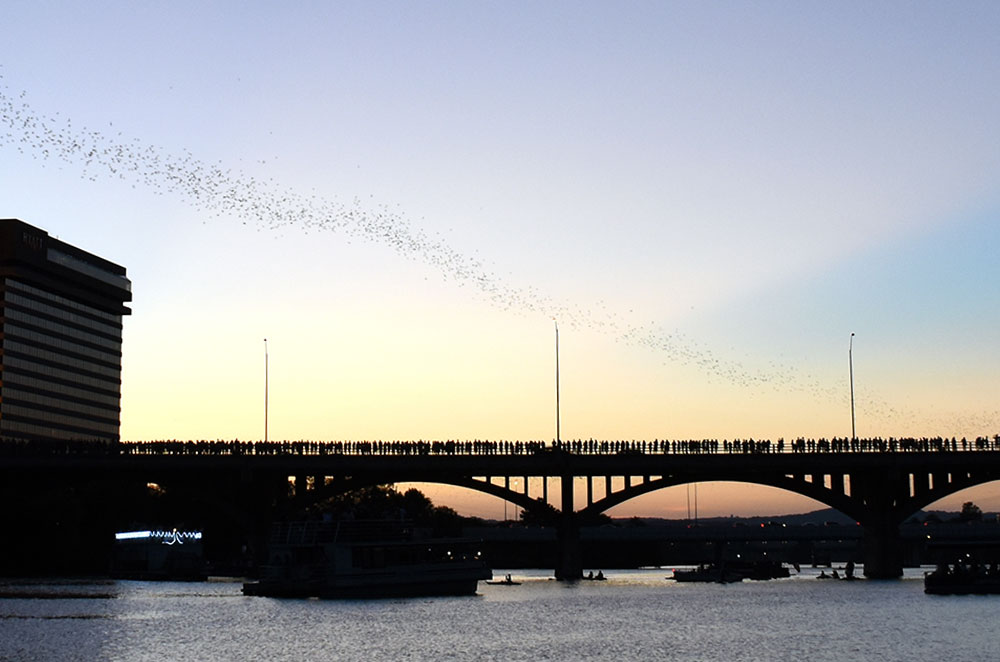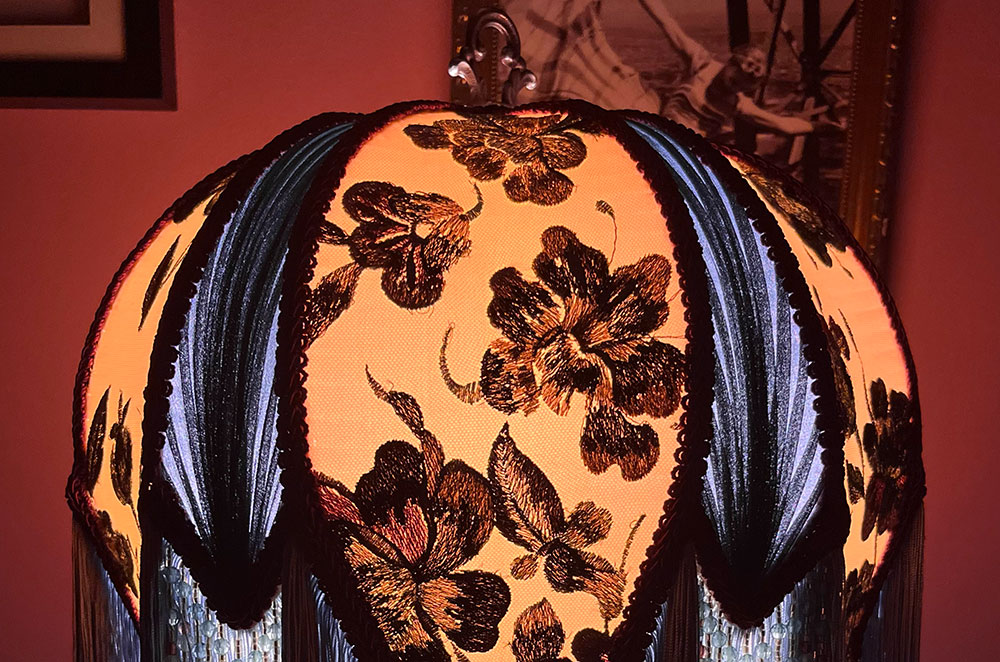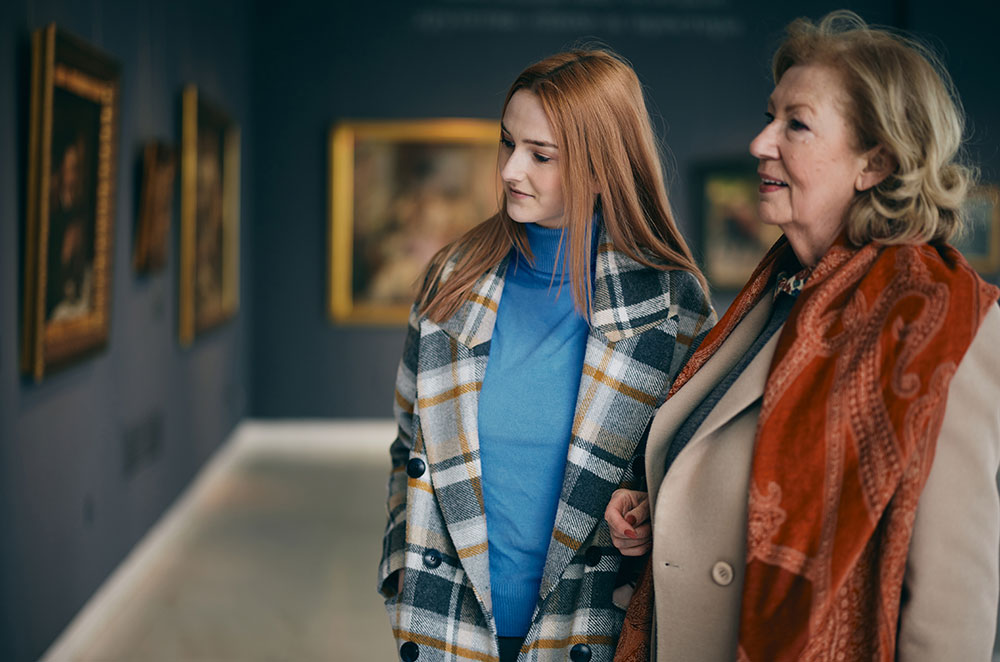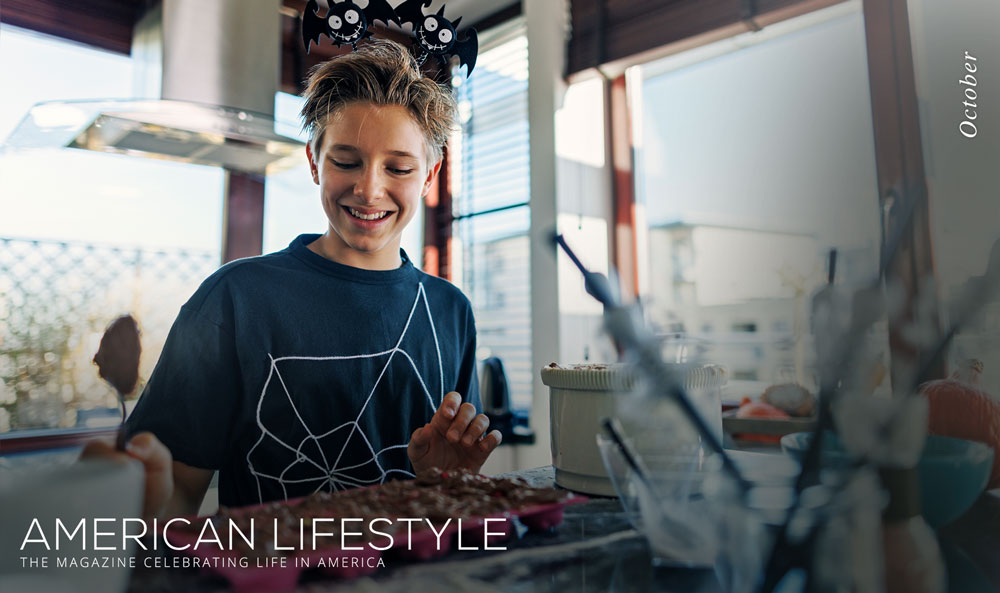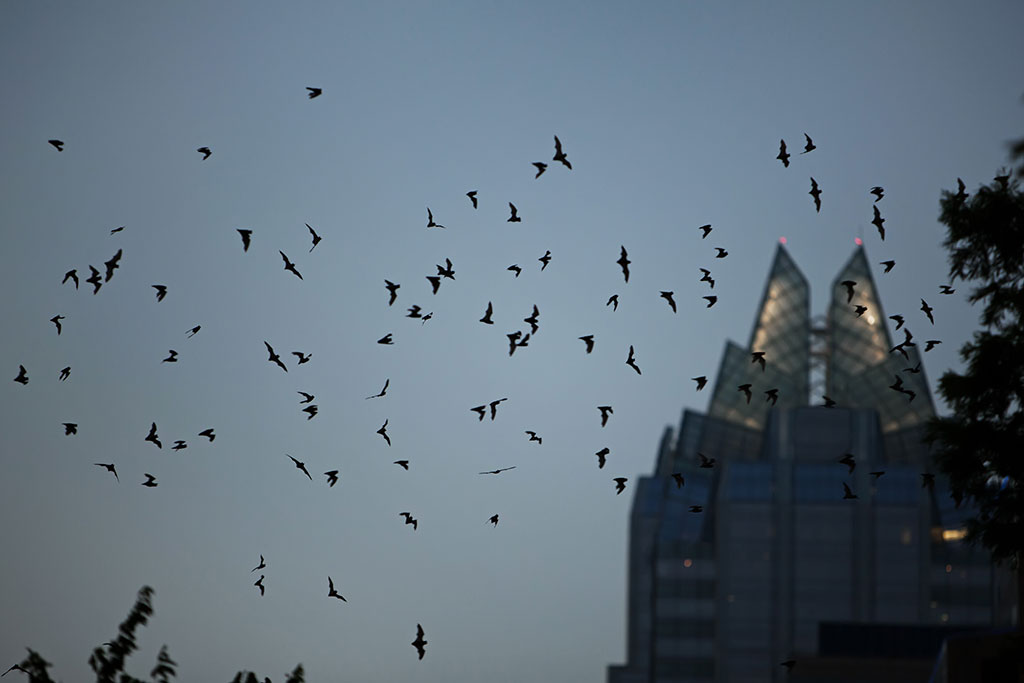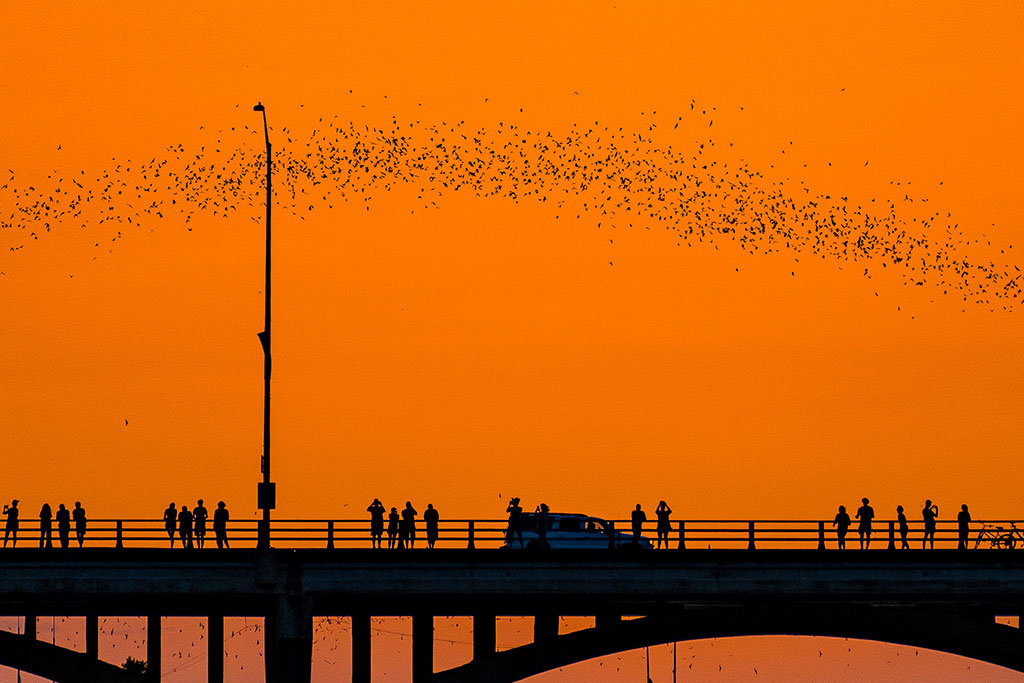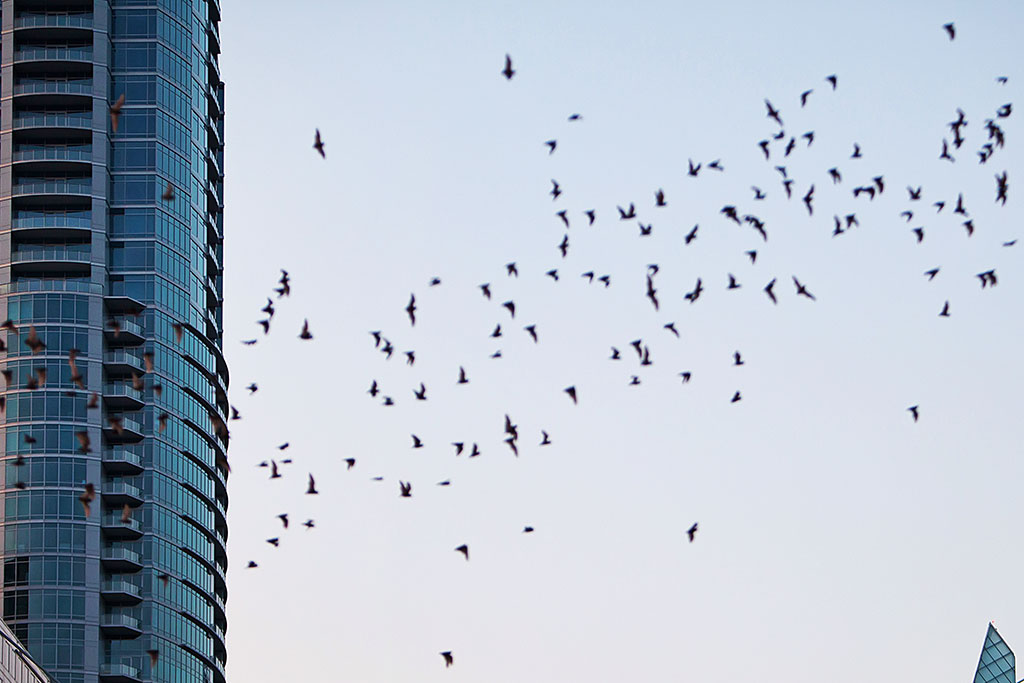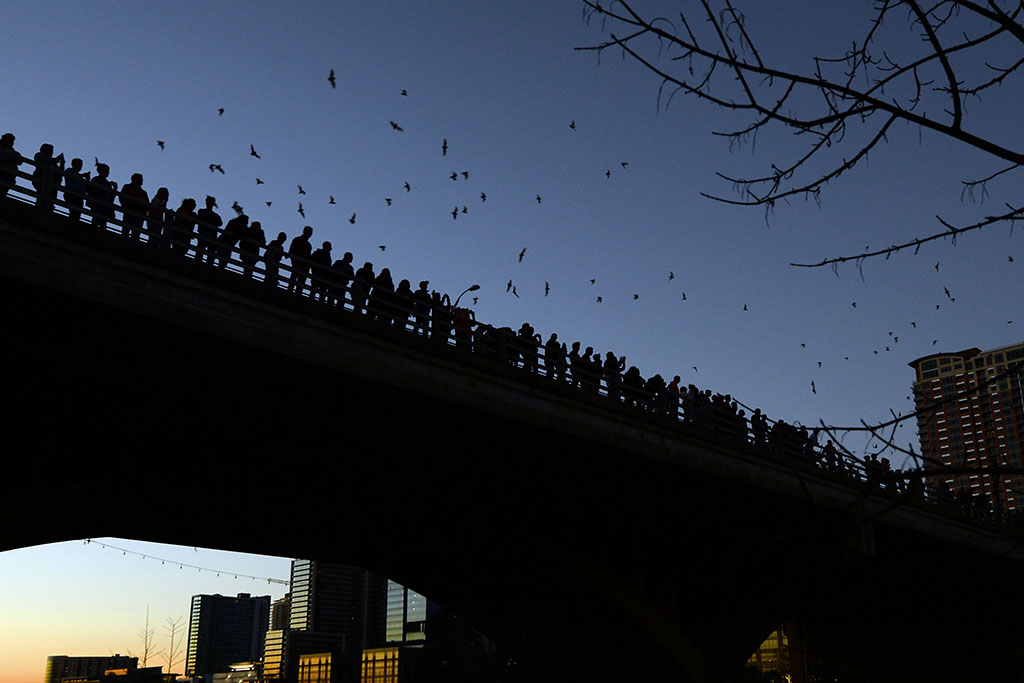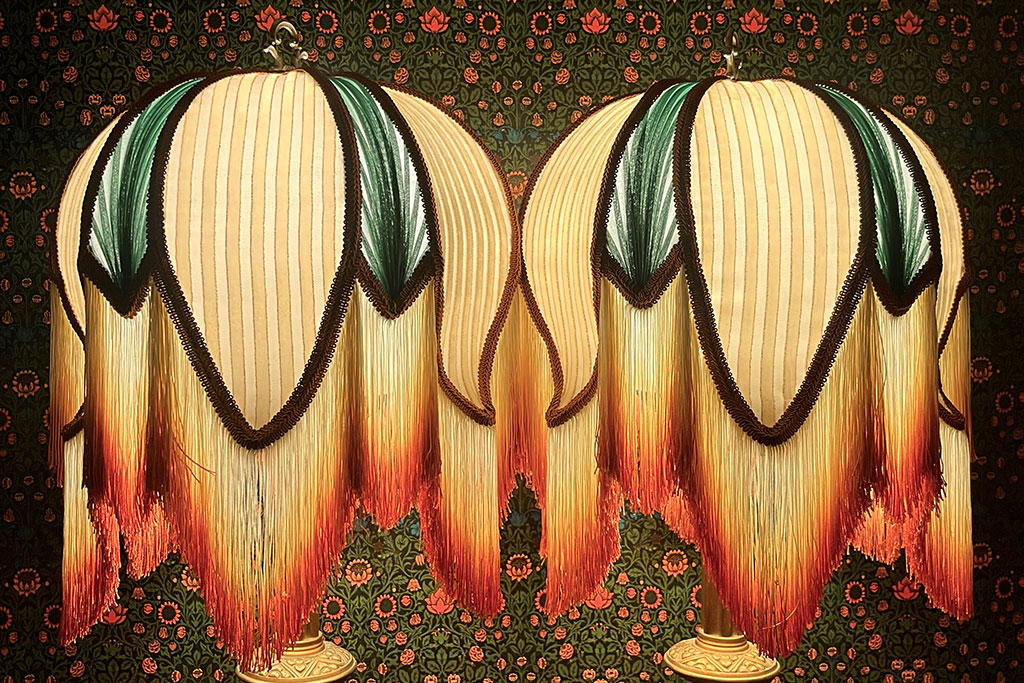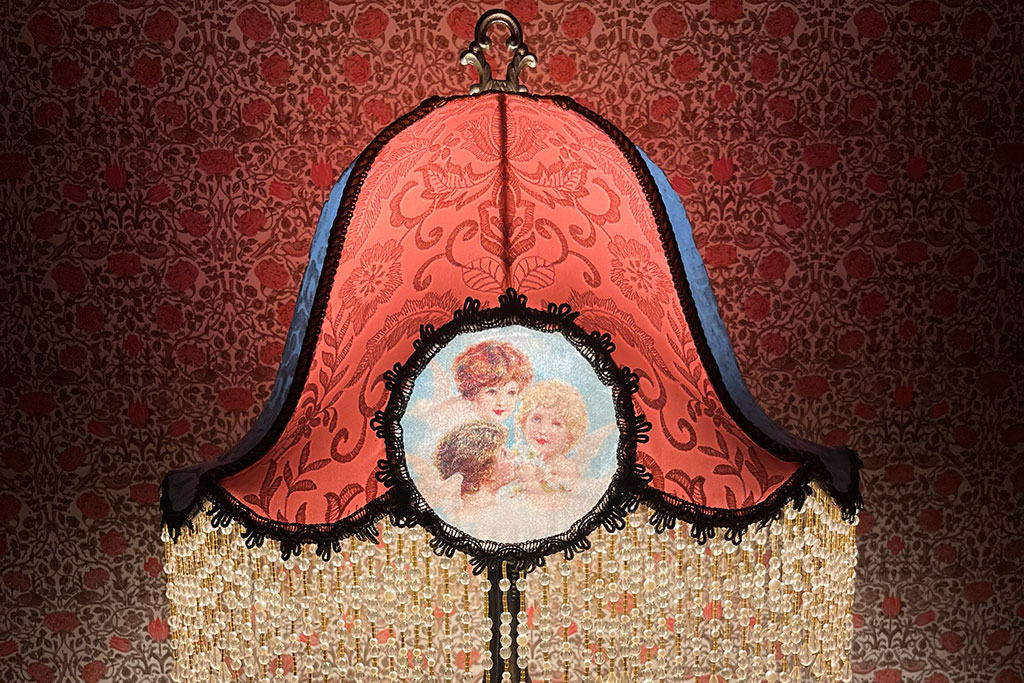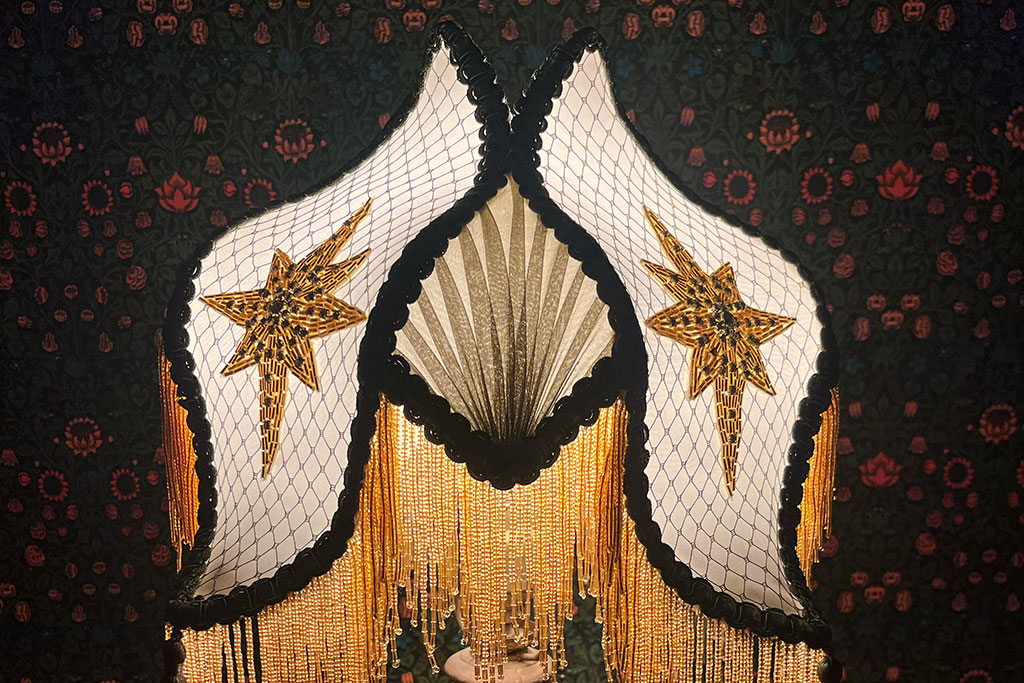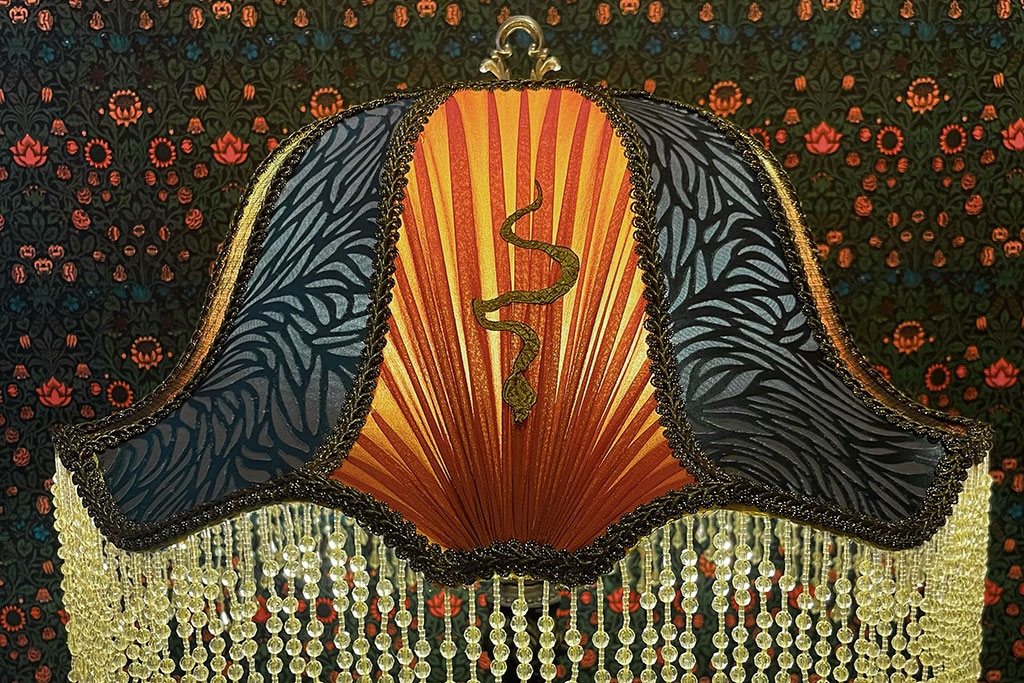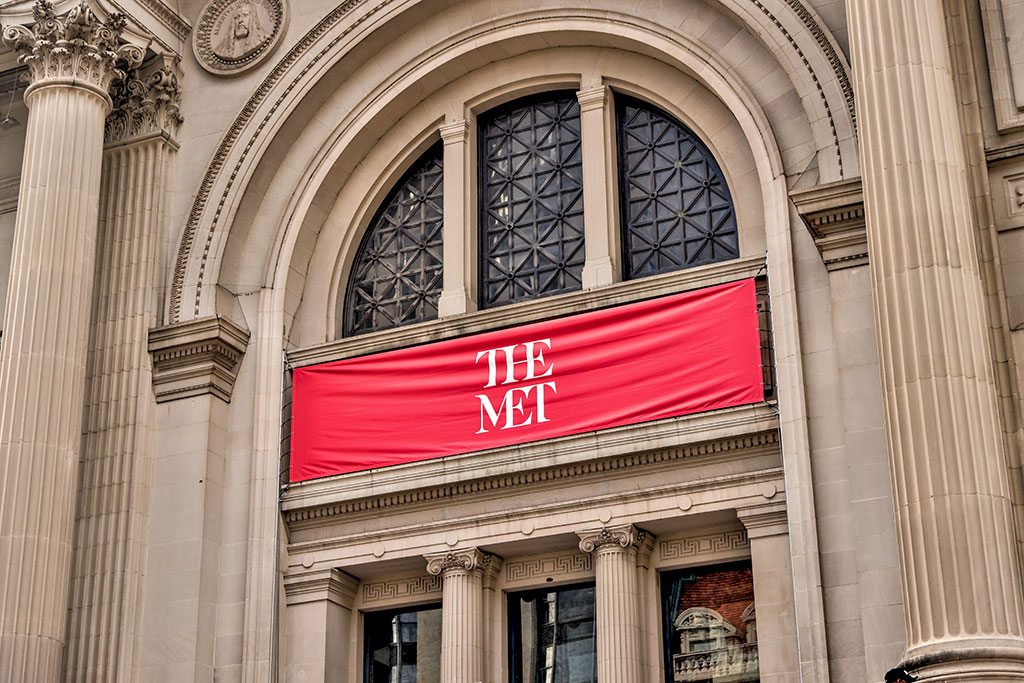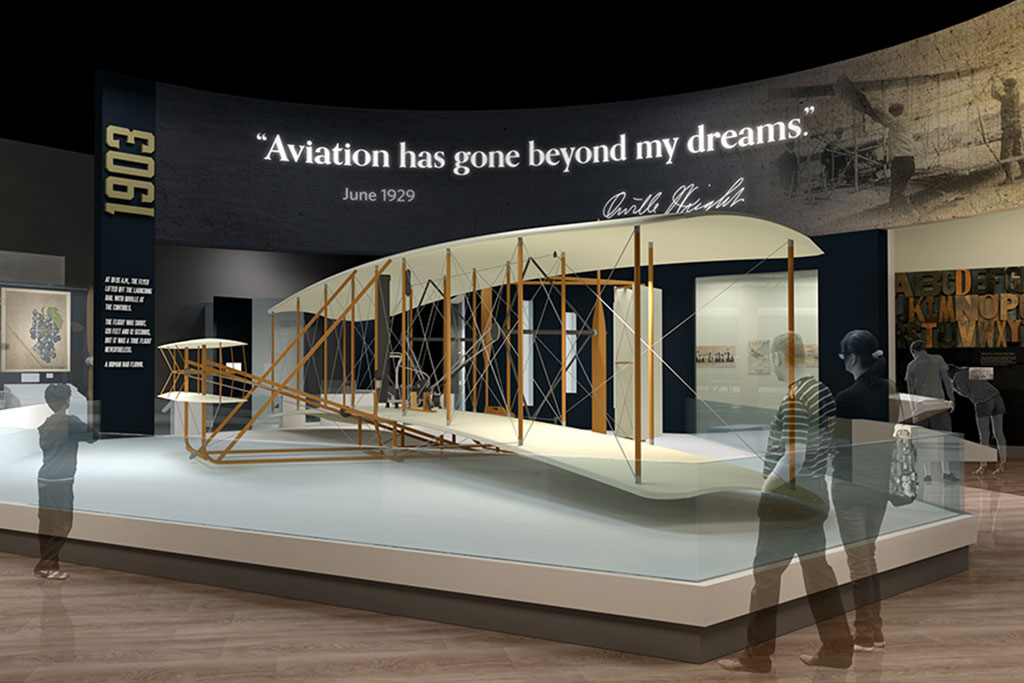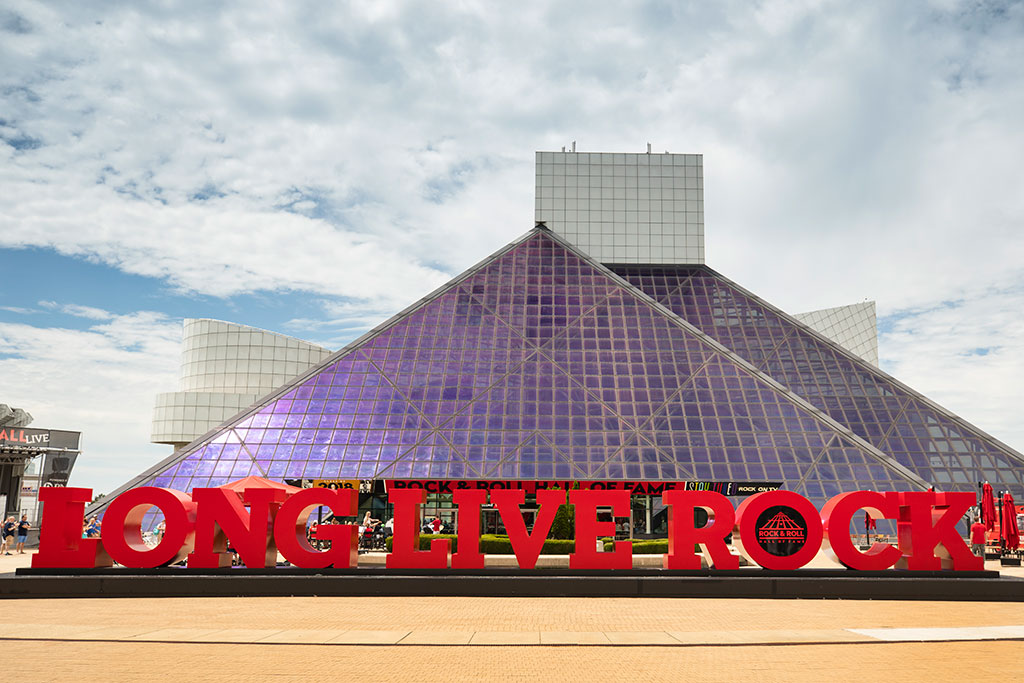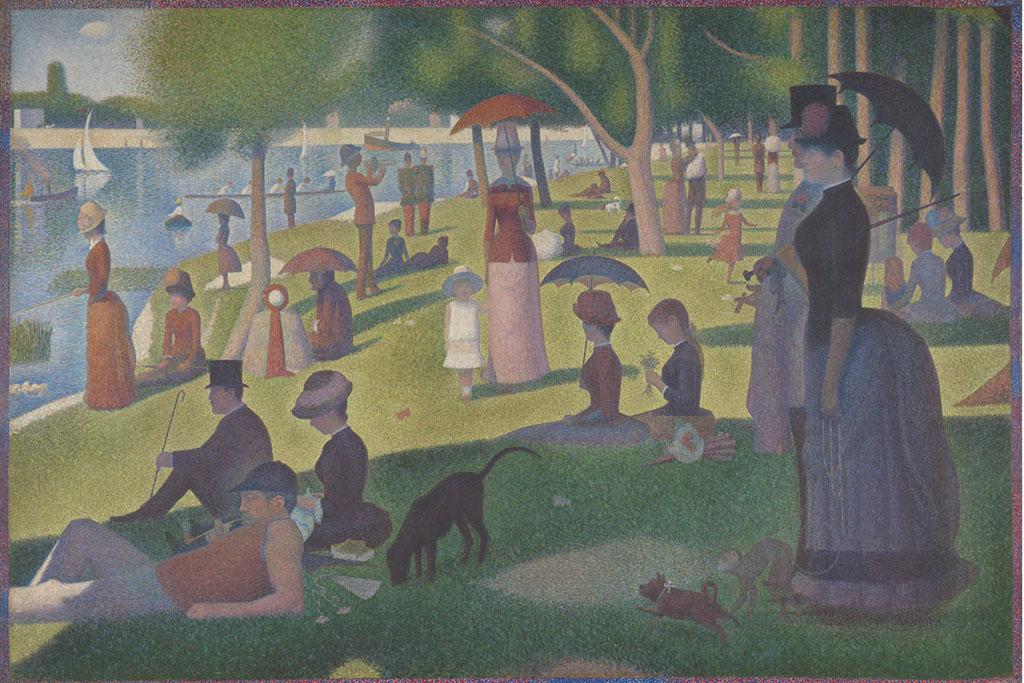Array
(
[0] => Array
(
[item_type] => phone
[content] => Array
(
[label] => Phone
[number] => 2063514296
[extension] =>
)
)
[1] => Array
(
[item_type] => email
[content] => Array
(
[label] => E-mail
[email_address] => ezzie@solditclosedit.com
)
)
[2] => Array
(
[item_type] => website
[content] => Array
(
[label] =>
[value] => www.solditclosedit.com
)
)
[3] => Array
(
[item_type] => address
[content] => Array
(
[label] => Office
[addressee] => Serving Snohomish & King County
[address1] =>
[address2] =>
[city] =>
[state] =>
[zip] =>
)
)
)
?>
Halloween is approaching, and with it come the familiar symbols of the holiday, including one classic, winged beast—the bat.
Unfortunately, bats have long gotten a bad rap. Throughout history, they have been portrayed as ravenous bloodsuckers lurking in the shadows, frequently linked to evil characters such as Dracula and even the devil himself. In modern times, the myth of the menacing bat persists, but significant progress has been made to rectify this wrong. This is thanks in part to increased education and awareness provided by organizations like Bat Conservation International (BCI) and Merlin Tuttle’s Bat Conservation.
Today, no place in the United States celebrates these creatures more than Austin, Texas. Known as Bat City, Austin merrily welcomes scores of migratory free-tailed bats, affectionately known as the Austin bats, from Mexico every year. The city is so enamored of its flying friends that it named its professional junior hockey team after them and holds a Bat Fest each summer. The free-tailed bat was even named Texas’ official flying mammal in 1995. As the largest urban colony of its kind in the world—reaching up to 1.5 million by late summer and early fall—these bats are certainly a must-see attraction here.
But the story didn’t start out quite so amicably.
The mission of Merlin Tuttle
Within a few years after they first arrived in the eighties, persistent, irrational fear nearly caused the Austin bats’ demise. Residents became increasingly hostile toward the bats once they started calling Congress Bridge (a.k.a. the Ann W. Richards Congress Avenue Bridge, named after the state’s renowned governor) home. One man is largely responsible for halting this disaster: Dr. Merlin Tuttle. A world-renowned ecologist, environmentalist, and bat expert, Dr. Tuttle was running BCI when he relocated it to Austin in part to save this city’s bat colony. Together with his colleagues, he successfully changed the politicians’ and residents’ hearts and minds about their guests, and both parties have since embraced the bats as their own.
The bat basics
You may be asking, “Why do the bats flock to this particular bridge?” As it turns out, there are a few practical reasons. When the bridge was redone in 1980, the new construction created small crevices perfect for bats to shimmy into, providing warmth and allowing them to nest far out of reach of predators. Its location on the Colorado River is also ideal for them: bats subsist on insects, and the water serves up a delicious feast for when they emerge for food each night.
Such a diet actually plays an important role in the area as well. A free-tailed bat can eat two-thirds of its body weight a day, and this colony consumes a whopping 10,000 to 30,000 pounds of bugs every night. (Another reason to love the bats during summer.) Equally impressive is their flying ability: they can reach speeds of 60 miles per hour and soar up to 10,000 feet high.
When and where to watch
If you want to view these fabulous creatures, you need to know the proper place and time. Many people stand on the sidewalk of Congress Bridge to take in the experience; the recommended viewing spot is between its north and middle spans. Other options include renting a kayak or canoe or catching a charter cruise to get a river-view glimpse. Naturally, the bats emerge as night falls, so you should plan to be situated long before sunset. They often begin bursting from beneath the bridge at dusk, but patience may be required. Depending on the weather and other conditions (warm, dry weather is ideal), it may take up to forty-five minutes or so for the entire colony to come out.
For a less crowded, more serene experience, you may want to anchor yourself on land—specifically, southeast of the bridge, where you’ll find several viewing areas. A prime location is between the edge of the river and the Ann and Roy Butler Hike-and-Bike Trail, which runs parallel to the bats’ flight path and is next to where the first wave of bats exits. (Just watch out for poison ivy along the bank.) You can also relax on the lawn of the city’s dedicated bat observation area, a more elevated space located on the trail parallel to Congress Avenue.
When you go, show the Austin bats the respect they deserve. To prevent scaring them and keep them safe, stay silent, don’t shine lights at them, and don’t try to touch them. Simply observe and take in the phenomenon.
Getting a firsthand glimpse at the wonder of nature is a rare treat. So while you may visit Austin for its music and culture, be sure to also stop by Congress Bridge to experience the city’s incredible bats.
For more info, visit austintexas.org or austinbats.org



